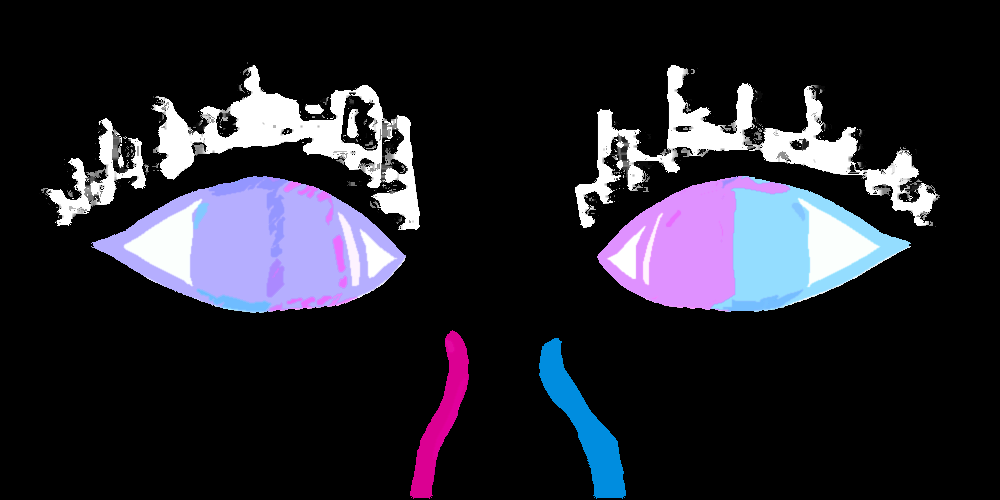How the Gender Binary Influences Attraction
The definition of Gender Expression vs. Gender Identity: Gender expression is based on a person’s appearance (or how they express their gender through their appearance), while gender identity is how a person defines or labels their gender. This means that a person may express their gender in a way that differs from mainstream assumptions about how a person of their gender identity “should” normally look. We should also consider how certain appearances are considered more traditionally masculine or feminine (as defined under Western standards) .
Illustration of a man. Credit.
Although I find myself on the asexual spectrum, I also call myself gay. As I wrote in my book Ending the Pursuit, this is because “I am attracted to the visual appearance usually of people who are men” (pg. 70). However, because gender identity is different from gender expression, I tend to be attracted to people who look like what I have been socially taught a man ‘normally’ looks like. In other words, this makes me think I am attracted to masculine gender expression.
If our attraction is oriented by aesthetic appearances, this means that we are usually attracted to people based on their “visual appearance [gender expression], not their gender identity” (pg. 71). Much of our attractions may be influenced by our ideas surrounding the gender binary of masculinity and femininity as is understood by Western standards, since this is how we have been conditioned to understand gender expression. For instance, one study found that “highly feminine and highly masculine qualities are [often] considered highly attractive.”
Dominant ideas that men should be ‘masculine’ and women should be ‘feminine’ thus heavily influences many of our ideas surrounding who we find attractive. This can also influence who we view as more valuable in society, since attractiveness can factor into social value. Gender expressions that do not conform to the binary are more apt to be viewed as undesirable and, by extension, are more likely to face scrutiny. However, this is changing as the grip of the gender binary over our lives loosens.
As the binary perhaps becomes less relevant in our lives, those of us who experience aesthetic attraction may increasingly consider if we are drawn to a person’s gender expression more than their gender identity.
Gender expression and identity are discussed in further depth in Ending the Pursuit: Asexuality, Aromanticism, and Agender Identity: https://unbound.com/books/ending-the-pursuit. E-book: https://www.amazon.com/Ending-Pursuit-Asexuality-Aromanticism-Identity-ebook/dp/B0CDRBJ6KL
Article art by Michael Paramo.





